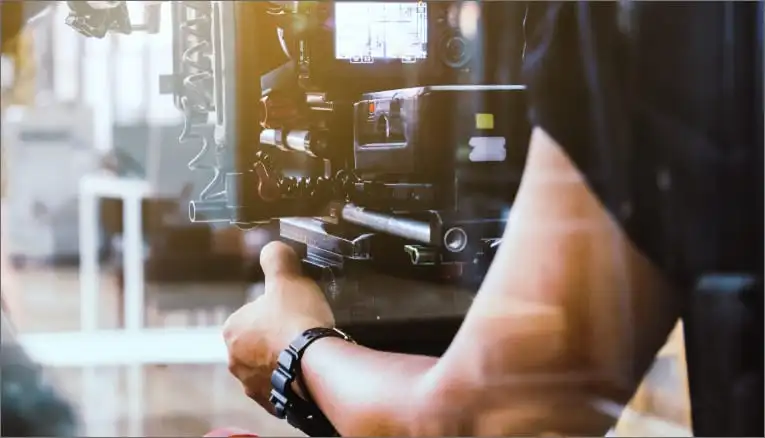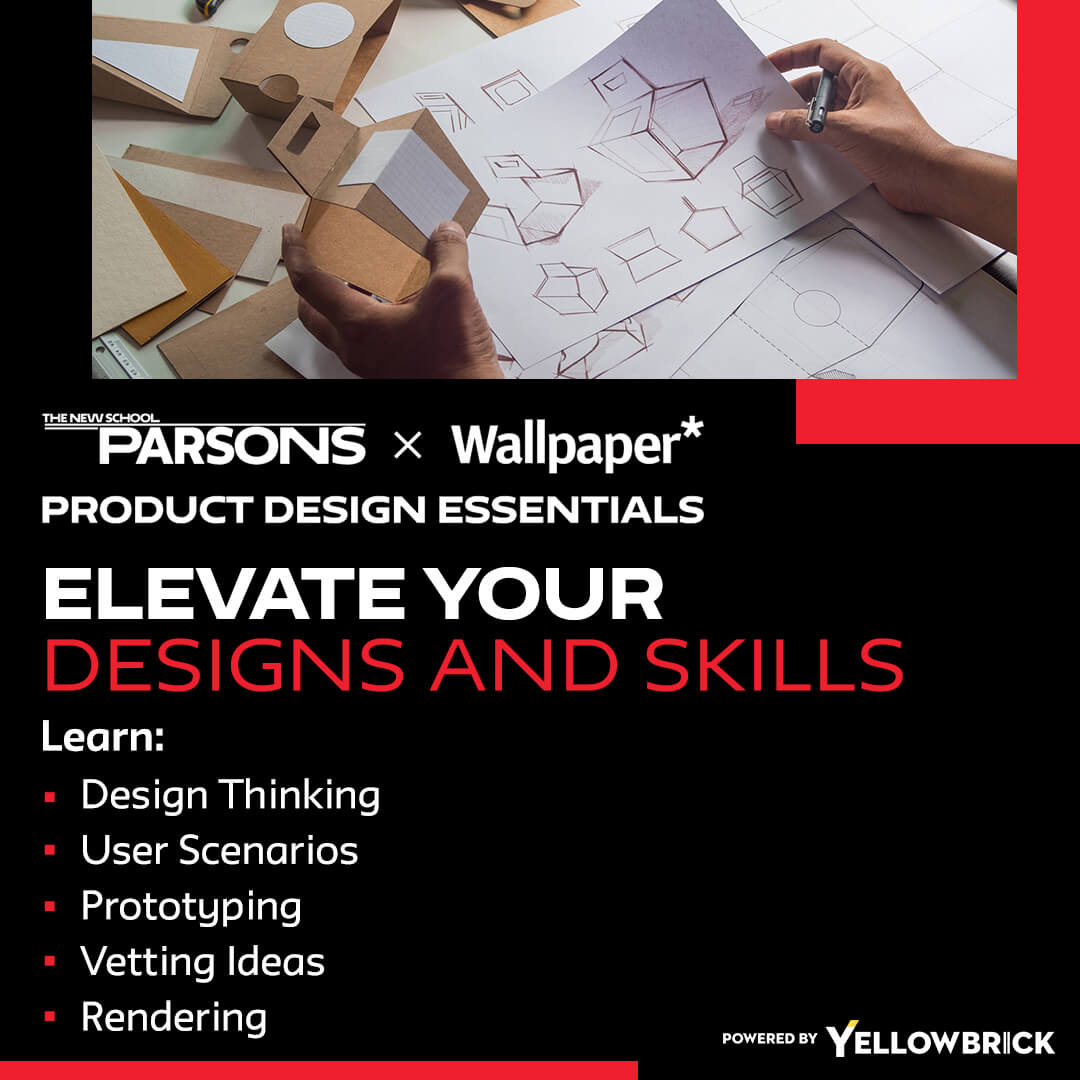Product design is an exciting field that blends creativity, problem-solving, and technology to shape the products we use every day. For beginners eager to break into this space, understanding foundational concepts, learning the right tools, and gaining practical experience are crucial. This guide offers a comprehensive look at what you need to know to get started in product design.
The Basics of Product Design
At its core, product design is about creating useful, user-friendly, and visually appealing solutions. It’s not just about how things look — it’s about how they work and the experience they create. These foundational principles will help you understand the mindset of a product designer:
- User-Centered Design: Prioritizing the needs and experiences of users in every design decision
- Design Thinking: Applying a human-centered approach to problem-solving to develop innovative ideas
- Prototyping: Building basic models to test functionality and usability before full development
- Iterative Design Process: Refining products over time based on user feedback and testing insights
Tools and Software for Product Design
Equipping yourself with the right tools can dramatically improve your efficiency and creative range. Here are some of the most widely used tools beginners should explore:
- Sketch: Great for wireframes, mockups, and user interface design
- Adobe Creative Suite: Illustrator and Photoshop are key for visual asset creation
- Figma: A collaborative, browser-based tool ideal for UI/UX design and prototyping
- SolidWorks: Essential for those designing physical products using 3D CAD modeling
Tips for Beginners in Product Design
Starting your journey in product design can be both exciting and overwhelming. These practical tips will help you stay focused and accelerate your growth:
- Build a Strong Foundation: Learn the fundamentals of UX, color theory, layout, and typography
- Practice Regularly: Engage in side projects or design challenges to build experience
- Seek Feedback: Share your work with mentors, peers, or online communities for constructive insights
- Stay Updated: Follow design blogs, trends, and case studies to keep your knowledge fresh
- Consider Professional Development: Take online courses or attend workshops to deepen your expertise
Exploring Career Paths in Product Design
Product design offers a wide range of career paths for those with different interests and strengths. Here’s an overview of potential roles you can pursue:
- Product Designer: Oversees the full design process from research to final product
- UX/UI Designer: Focuses on user flows, usability, and visual interface design
- Industrial Designer: Designs physical products with a focus on function and aesthetics
- Packaging Designer: Creates packaging that is functional, attractive, and brand-aligned
- Design Researcher: Conducts user research to inform better design decisions
- Design Strategist: Aligns design efforts with business goals and user needs
- CAD Designer: Uses software to produce detailed product blueprints and models
- Freelance Designer: Works independently across diverse projects and industries
- Design Educator: Teaches design skills in academic or training environments
- Design Consultant: Provides strategic and creative design solutions for businesses
Conclusion
Product design is a rewarding and versatile career that blends creativity with real-world problem-solving. For beginners, the journey starts with a solid understanding of user needs, a strong grasp of design principles, and hands-on experience with essential tools.
By practicing regularly, seeking feedback, and continuously learning, you can build the skills and confidence to succeed in the field. Whether you aspire to design sleek interfaces or functional physical products, there’s a place for you in the world of product design.
Key Takeaways:
- Understanding the basics of product design, including user-centered design and the iterative design process, is crucial for beginners entering the field.
- Familiarizing yourself with essential tools like Sketch, Adobe Creative Suite, Figma, and SolidWorks can enhance your design capabilities.
- Tips for beginners in product design include building a strong foundation, practicing regularly, seeking feedback, and staying updated on industry trends.
- Exploring diverse career paths in product design, such as product designer, UX/UI designer, industrial designer, and design strategist, offers exciting opportunities for growth and creativity.
Consider professional development opportunities like workshops, conferences, and online courses offered by Yellowbrick to further enhance your skills and knowledge in product design.








